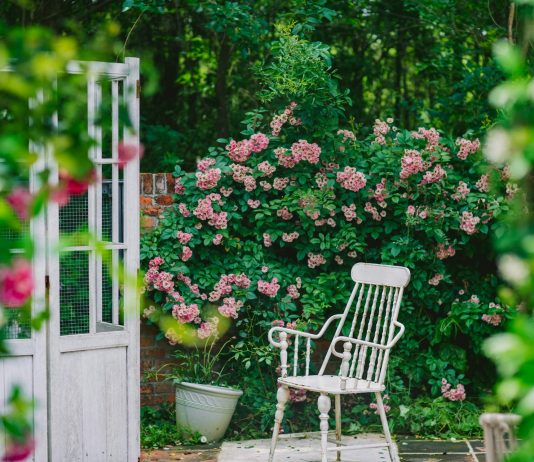Working in a garden is a direct contact with ground. In spring and autumn, earth turns into mud and slush, so it’s very easy to get your feet wet. You should not go to the garden in leather shoes, because expensive shoes can quickly deteriorate: knots and small stones will tear the upper layer of the leather, and you will have to buy good leather dye kit or even throw the shoes out.
Rubber boots can surely be called the most reliable shoes in terms of water resistance. This is a practical choice, since they protect not only the feet, but also the legs, and not only from water, but also from scratches, cuts, bruises, and insect bites. When choosing rubber shoes for a summer residence, give preference to a smooth sole. The lug sole at first glance seems safer, but the earth, which clods into the grooves on the sole with clods, will only prevent you from moving normally. It will be useful to check its quality having made a purchase. Take old newspapers and fill your boots with crumpled paper. Put your boots in a container of water at night or for a day, then check the paper – it should be completely dry.
Galoshes are another good variant for summer cottages. They gradually moved from the category of shoe accessories to the ranks of full-fledged independent shoes. Galoshes are often provided with inserts in the form of fabric socks. Keep in mind that the liners are often made of synthetic material, and synthetics complete with rubber have a bad effect on the health of the legs. Be sure to wear woolen socks with these shoes – not cotton, but wool. So your legs will be in the most comfortable conditions. However, even considering all the recommendations, you should not wear rubber shoes for more than four hours. Therefore, sitting down to rest or dine on the veranda, you need to pull them off.
Image by Mylene2401 from Pixabay





